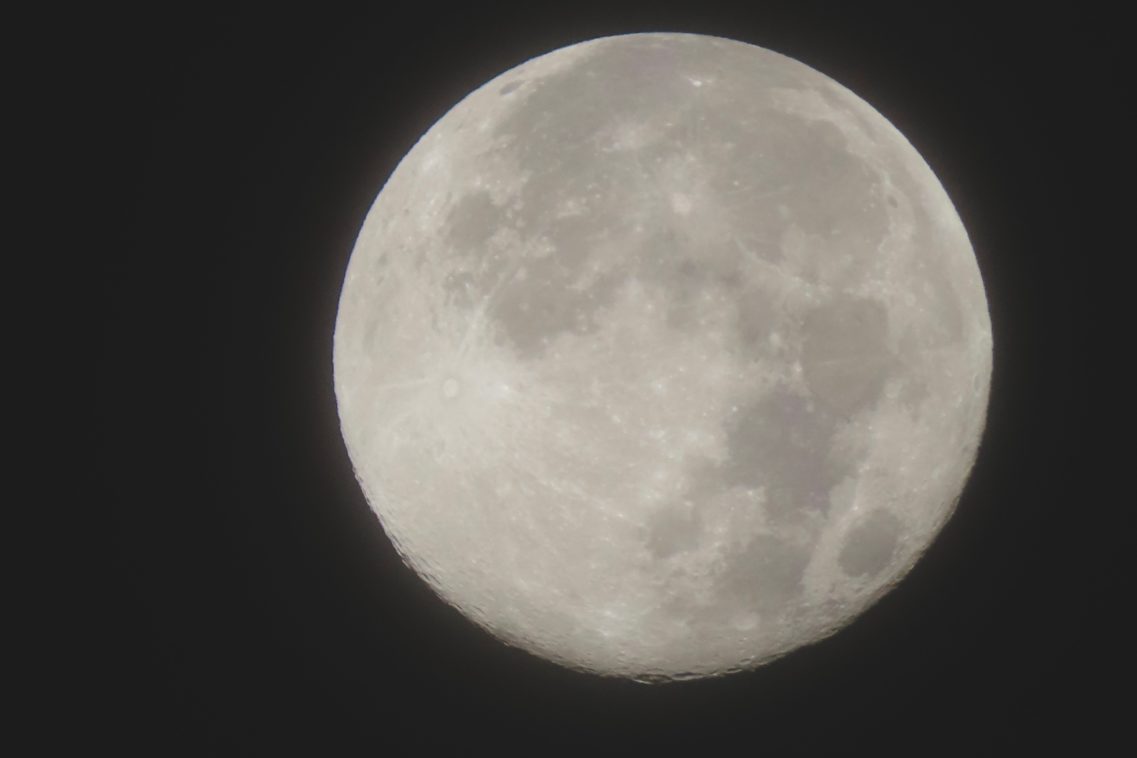Melatonin is made in many places, mainly the pineal gland (brain) and the gut. As darkness sets in at the end of the day, the brain is triggered to make melatonin. In contrast, melatonin made in the gut is made regardless of light.
Melatonin acts as a hormone and thus needs a careful “just right” amount. It helps regulate sleep and is also a potent antioxidant, immune active agent, tumour suppressor and energy production regulator. With the rapid turnover of cells lining the gatrointestinal tract, little wonder why 400x more is made in the gut than the brain.
Other areas in the body that make melatonin include the retina, ciliary body, lens and Harderian gland of the eye, the skin, testis, ovary, uterus, bone marrow, placenta, oocytes, red blood cells, plantlets, lymphocytes, astrocytes, glia cells, mast cells and neurons.
Synthetic Melatonin
Too much synthetic melatonin taken in supplement format can result in a groggy state much akin to a sleep hangover. It may also make it more difficult over time to fall asleep – the opposite of why some people take it. It may also disrupt sleep. When taking too much or for too long it can also cause wake ups after three to four hours of sleep, and then difficulty getting back to sleep. In some (with a genetic defect in MTNR1B gene), it may even trigger an increase in blood sugar. As you can see, while melatonin may in a short term help reset sleep rhythms, supplementing too much for too long can backfire. And it affects multiple systems. It is important to ask your practitioner what, if any, is right for you.
A great deal of attention given recently in the relationship of decreased melatonin levels in neurodegenerative diseases and aging associated pineal calcification. Research is early in neurodegenerative diseases including migraine, symptomatic intracerebral hemorrhage, symptomatic cerebral infarction, sleep disorders, defective sense of direction and pediatric primary brain tumor, Alzheimer’s, Parkinson’s disease, amyotrophic lateral sclerosis (ALS), multiple Sclerosis (MS) and Huntington’s disease. To date, melatonin applications show promising positive results in patients and animal models.
Measure melatonin
The scientific way to measure melatonin levels is to do a blood, saliva or dried urine analysis.
Natural ways to raise melatonin
Exercise has been found to increase both serotonin and melatonin levels with positive impact on mood and cognition. Melatonin is produced in the body from the protein tryptophan and by 5-HTP and serotonin. Adequate protein intake, with focus on tryptophan can helpful. This includes daily intake of high protein foods like meat, fish, dairy, eggs, quinoa, nuts and seeds. Melatonin is part of the circadian rhythm. Waking up to bright light, whether you greet the sun each day, or in darker months, have a short daily exposure to a bright light therapy lamp -either way- helps reset your rhythms.
Food sources of melatonin
Plant based phytomelatonin may work better than, and present a more sustainable, low-toxic option compared with synthetic formats of melatonin.
Melatonin is found in the following foods:
- Vegetables: Asparagus, beetroot, cabbage, carrot, corn, ginger root, purslane, spinach, taro
- Fruits: Apple, banana, cherries (sweet, tart), cucumber, grapes, kiwifruit, peppers, pineapple, pomegranate, strawberries, tomatoes
- Nuts: Almonds, pistachios, walnuts
- Seeds: Anise, celery, coriander, fennel, fenugreek, flax, green cardamom, mustard (black, white), poppy, sunflower; Raw and germinated seeds of alfalfa, broccoli, lentil, mung bean, onion, red cabbage, and radish
- Grains: Barley, oat, rice, wheat
- Beans: Kidney beans (sprouts), soybeans
- Herbs and spices: Black pepper, feverfew, sage
- Oils: Argan oil, extra virgin olive oil, grapeseed oil, linseed oil, primrose oil, sesame oil, soybean oil, sunflower oil, walnut oil, wheat germ oil
- Beverages: Beer, coffee, grape juice, orange juice, wine
Melatonin and vitamin D
Melatonin and vitamin D both act on some similar receptors. Both are hormones that respond in light exposure and have seasonal variation. Both affect multiple systems through their immune-modulating, anti-inflammatory functions. As vitamin D deficiency is likened to a “sunlight deficiency”, reduced melatonin secretion can be considered a result of “darkness deficiency” from overexposure to artificial blue light.
Melatonin and aging
Breastfed babies get it from their mother’s milk and will naturally develop their own after three months of age. Levels gradually increase until puberty, level off and then start to decline in laste-20’s. Melatonin will continue to decline into 50’s and 60’s and the pineal gland makes negligible amounts produced by age 70, which may be more pineal gland calcification than direct age related decline.
Since melatonin receptors are widely distributed throughout the body, therapeutic effects and indications of this compound are more than just sleep. Little scientific evidence is available that supports any benefit of supplemental therapy. Furthermore, the most suitable dose ranges and preparations for melatonin administration are yet to be clearly defined. Use of this supplement must be approached with caution and supervised by your practitioner. More research will help uncover all of this in time.
This article is meant for educational purposes only and is not intended as medical advice.
References:
Jenkins, T. A., Nguyen, J. C., Polglaze, K. E., & Bertrand, P. P. (2016). Influence of Tryptophan and Serotonin on Mood and Cognition with a Possible Role of the Gut-Brain Axis. Nutrients, 8(1), 56. https://doi.org/10.3390/nu8010056
Minich, D. M., Henning, M., Darley, C., Fahoum, M., Schuler, C. B., & Frame, J. (2022). Is Melatonin the “Next Vitamin D”?: A Review of Emerging Science, Clinical Uses, Safety, and Dietary Supplements. Nutrients, 14(19), 3934. https://doi.org/10.3390/nu14193934
Tan, D. X., Xu, B., Zhou, X., & Reiter, R. J. (2018). Pineal Calcification, Melatonin Production, Aging, Associated Health Consequences and Rejuvenation of the Pineal Gland. Molecules (Basel, Switzerland), 23(2), 301. https://doi.org/10.3390/molecules23020301




